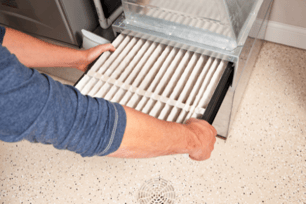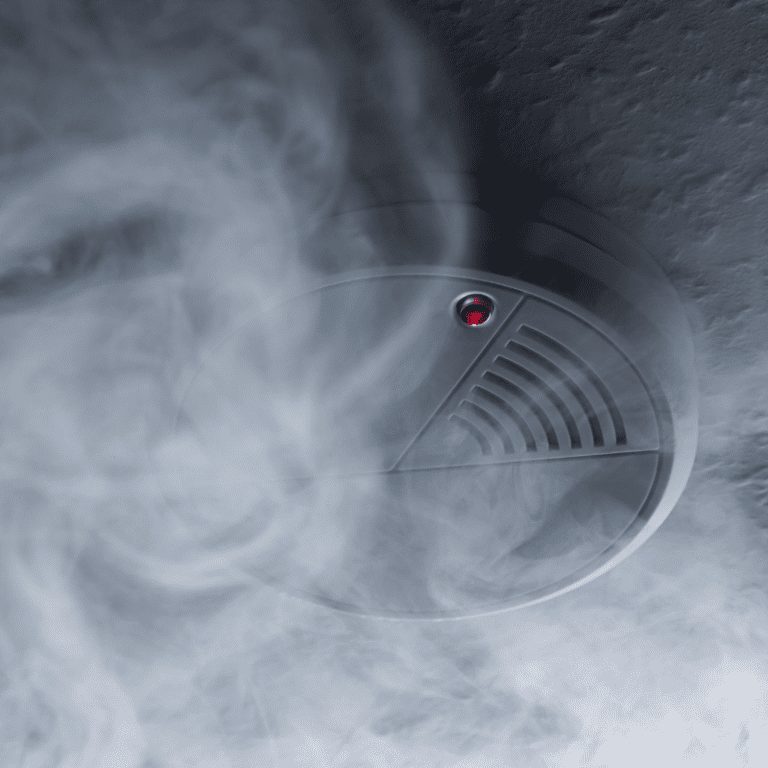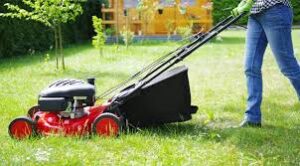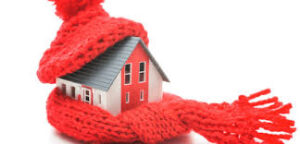There are so many exciting things that come with buying your first home – painting, purchasing new furniture, decorating, possible renovations, etc. First time home buyers tend to get so wrapped up in the cosmetic changes to their new home that they forget to make home safety one of the top priorities. Check out this list for some of our top safety tips and features you should incorporate into your new home:
Check & Install Smoke Alarms
Having a smoke alarm in your house is a no-brainer for proper home fire safety, but just how many should you have in your home? The National Fire Protection Association advises that smoke alarms should be placed in every single bedroom and on each floor of the house, including the basement. This will allow a fire to be detected as early as possible- that is, if all smoke alarms are in proper working condition.
Battery operated smoke detectors should have their batteries replaced every six months to ensure that they are always operational. You can also purchase hard-wired, smart smoke detectors like the Nest Protect Smoke and Carbon Monoxide Detector that do not require pesky battery changes and can send you alerts right to your phone when there is a fire or carbon monoxide leak, even alerting you which room or floor it is on. And, as always, practice general home fire safety by remembering to blow out candles, being smart while cooking, and cleaning the lint trap in the dryer after each load.
Install Carbon Monoxide Detectors (and Get Your Furnace Inspected)
House Co2 detectors and smoke alarms can be purchased separately, but for convenience, it may be best to purchase two-in-one smoke/carbon monoxide detectors. To prevent carbon monoxide leaks in your home, make sure that your home furnace, water heater and any other gas/oil/coal burning appliances are inspected and serviced by a professional every year.
Change the Air Filters in Your HVAC System
 Air filters trap the dust, hair and other substances that travel through the HVAC system to help it deliver clean air. When the HVAC air filter is old or clogged, the unit must work harder and is less effective. This creates an environment where allergens in the house can circulate more freely. Generally, air filters should be changed every three months. Upon move in, it’s always a good idea to put a fresh filter in the unit.
Air filters trap the dust, hair and other substances that travel through the HVAC system to help it deliver clean air. When the HVAC air filter is old or clogged, the unit must work harder and is less effective. This creates an environment where allergens in the house can circulate more freely. Generally, air filters should be changed every three months. Upon move in, it’s always a good idea to put a fresh filter in the unit.
Use Proper Ventilation to Prevent Mold
Mold isn’t something you want hanging around your house. To prevent mold in your house, make sure that you turn the fan on in the bathroom after showering, use dehumidifiers in basements (especially in the summer), and ensure that all windows and plumbing are sealed properly. If you find mold in your home, call a professional who will remediate the mold and fix the moisture source that created it.
Check for Asbestos Before Remodeling Older Homes
Before you start knocking down walls in your new house to create that open concept floor plan you’ve always wanted, make sure to have your home inspected. You should use a certified asbestos inspector if your home was built before 1980. During an asbestos inspection samples are drilled or scraped from various parts of the house. That is why asbestos home inspections are not included in a general pre-purchase home inspection without the consent of the seller.
Asbestos exposure can cause lung tissue damage and diseases such as mesothelioma and lung cancer. Before starting your home renovations, it is crucial to have your home inspected for materials that contain this toxic mineral. Then they can be professionally removed.
About This Author
A self-described real estate magnet, Eytan’s years of experience and passion for connecting with people and helping clients makes the process of listing a house as stress-free as possible. Looking to sell? Partner with Eytan to maximize your home sale.




